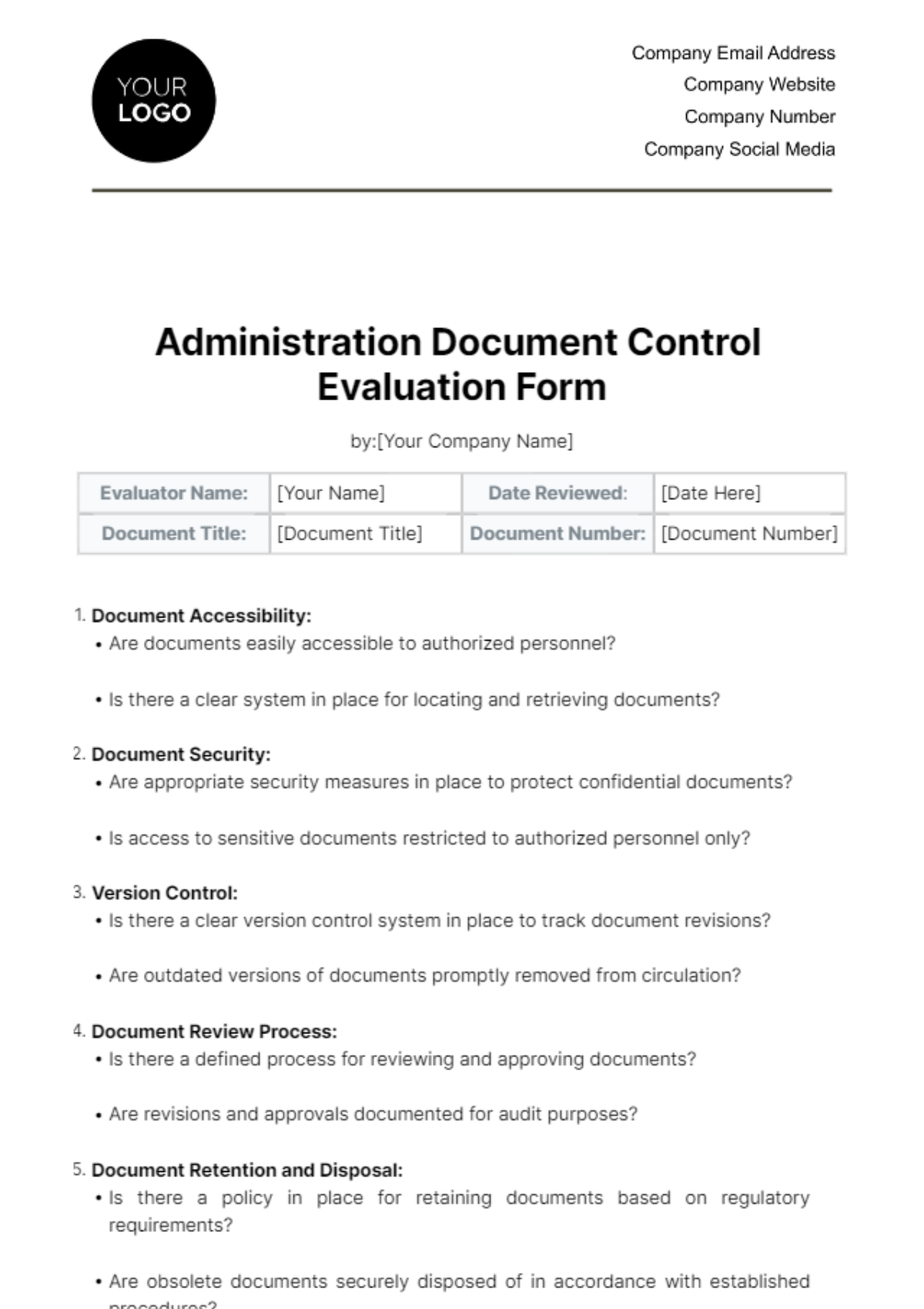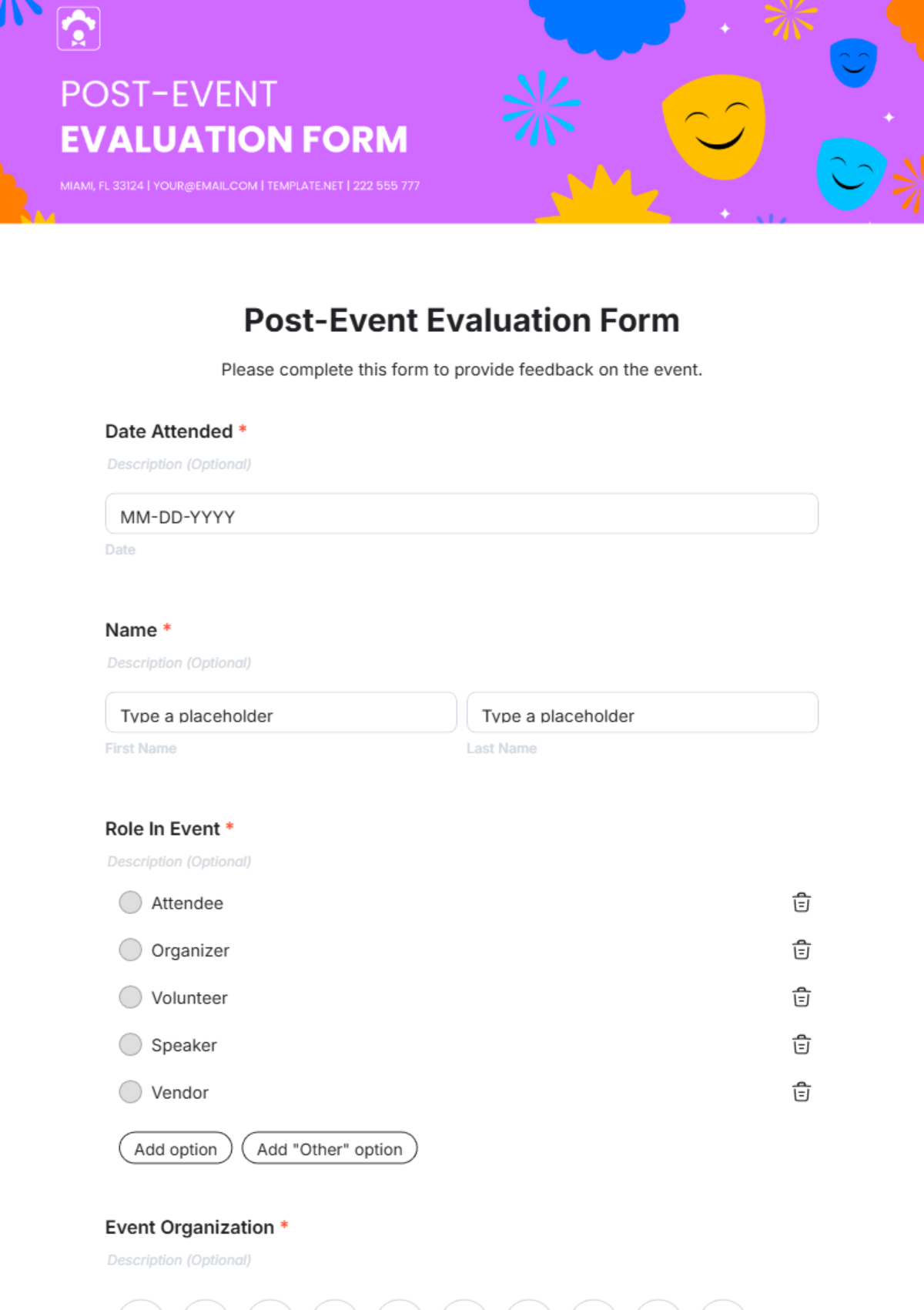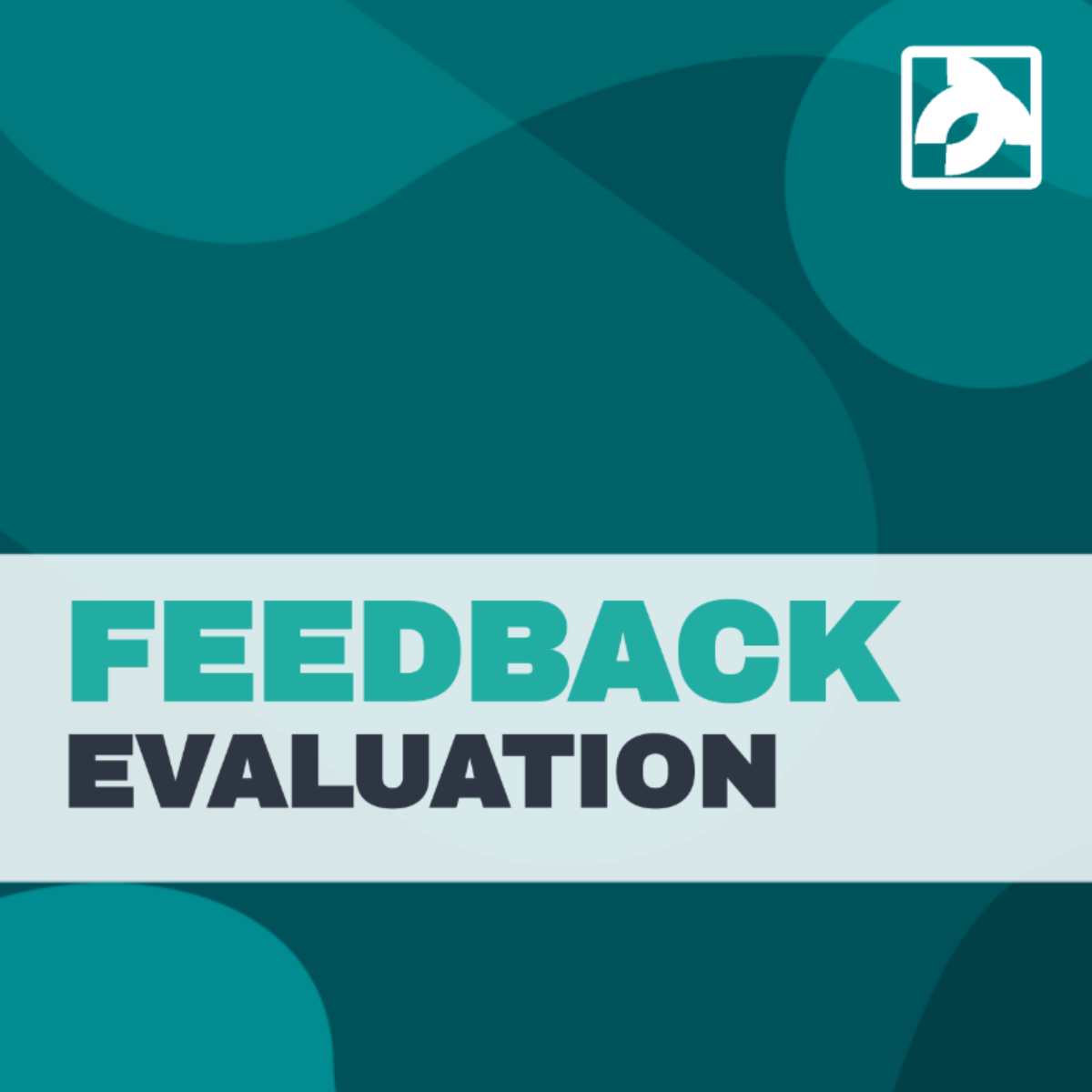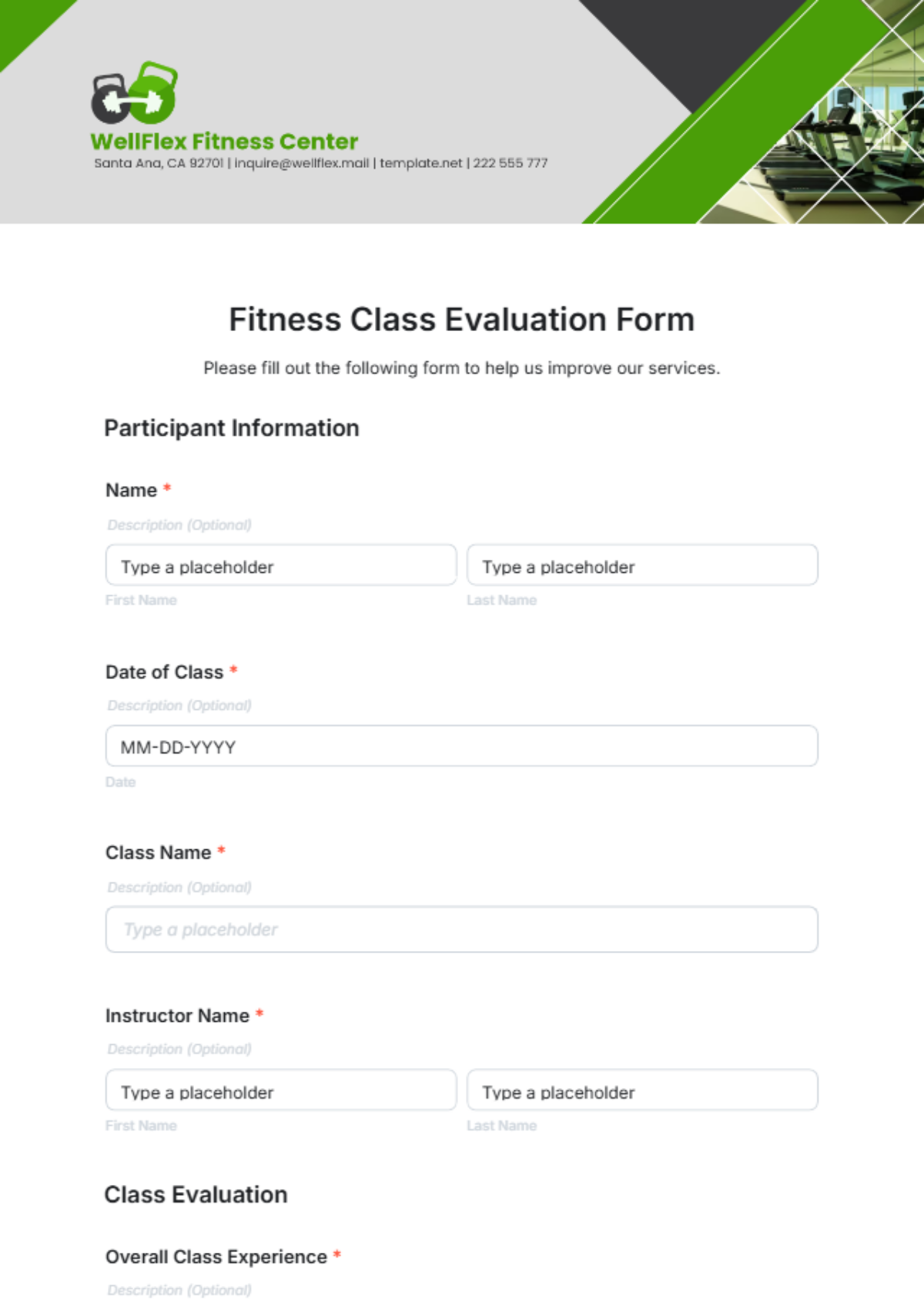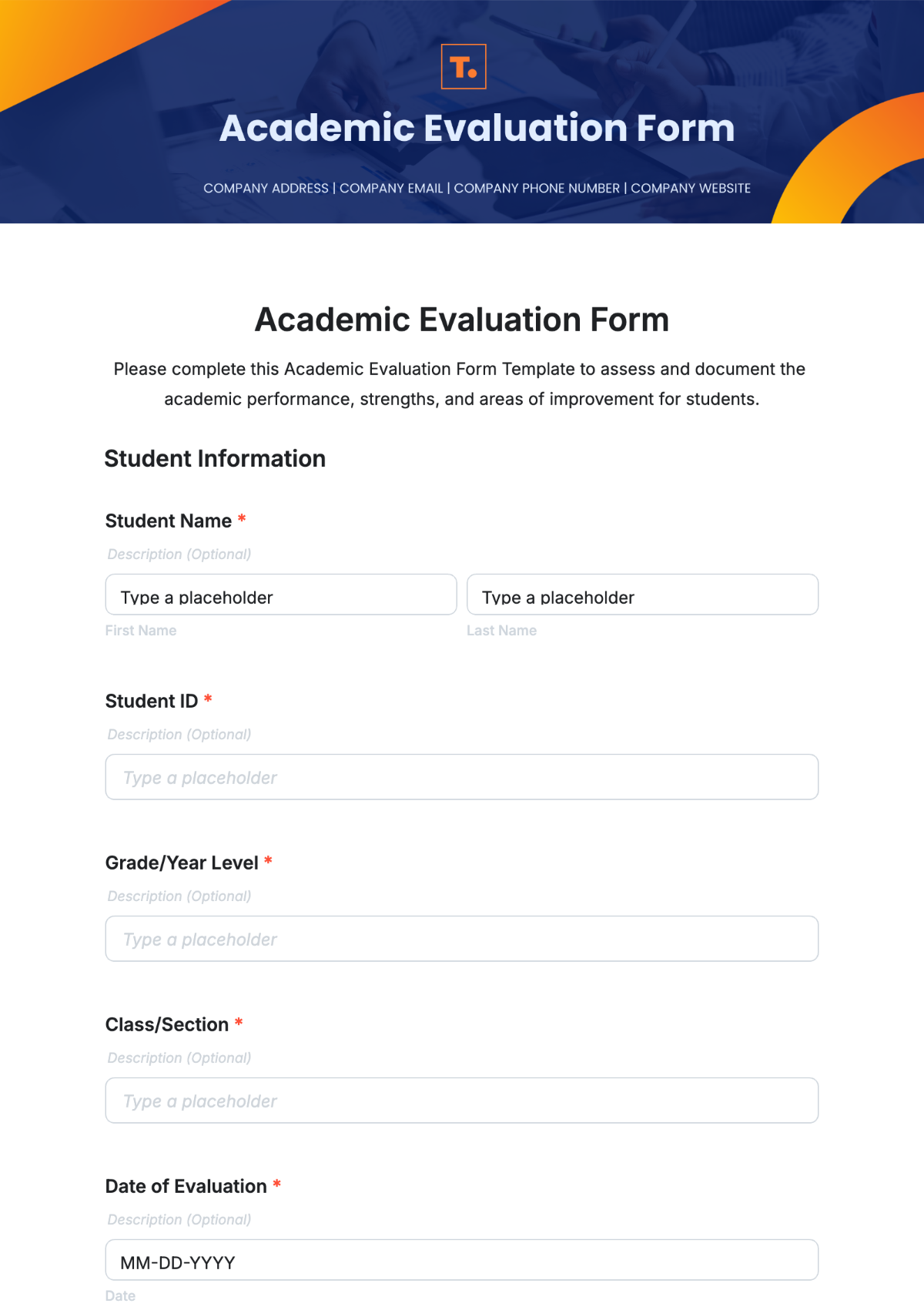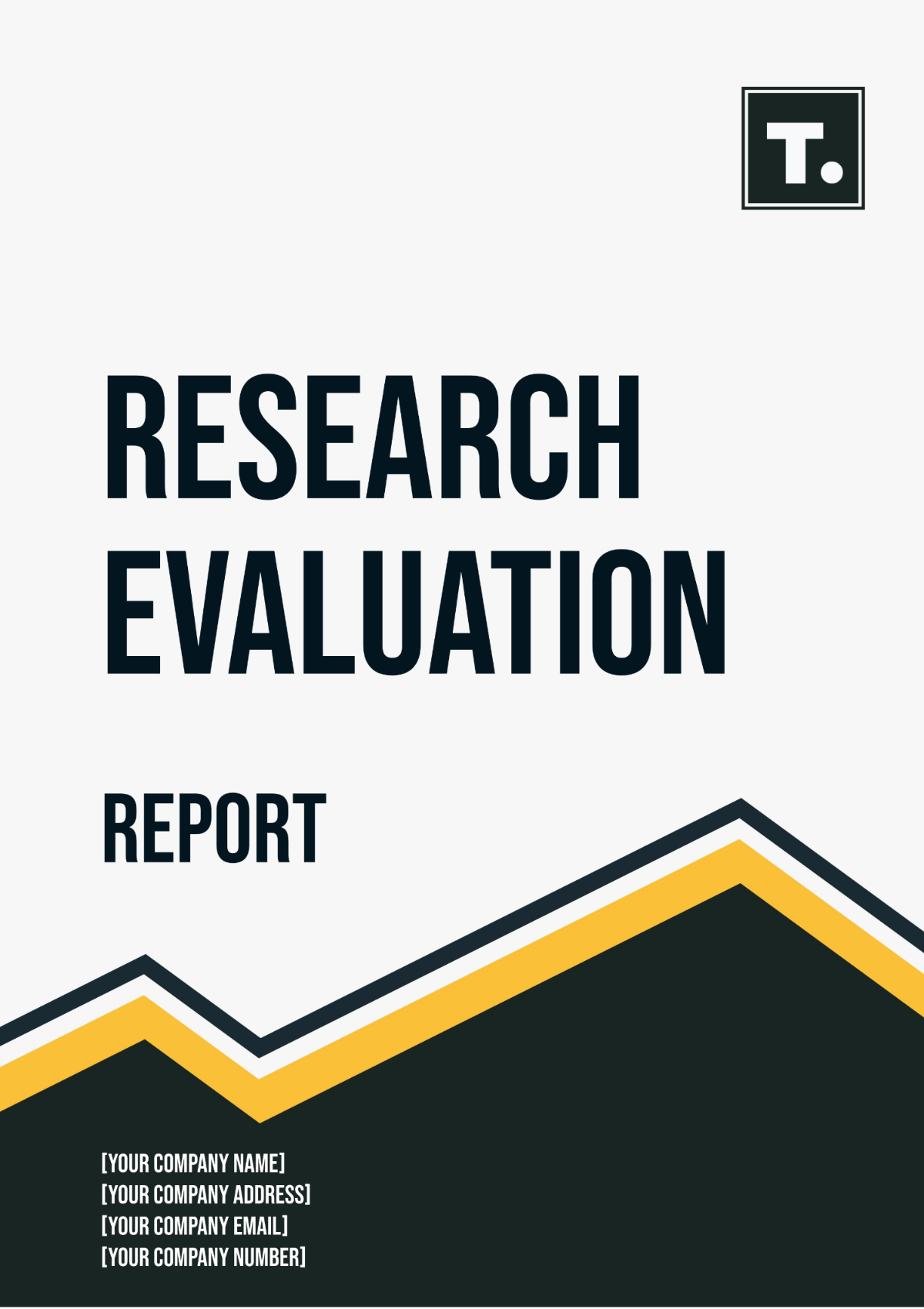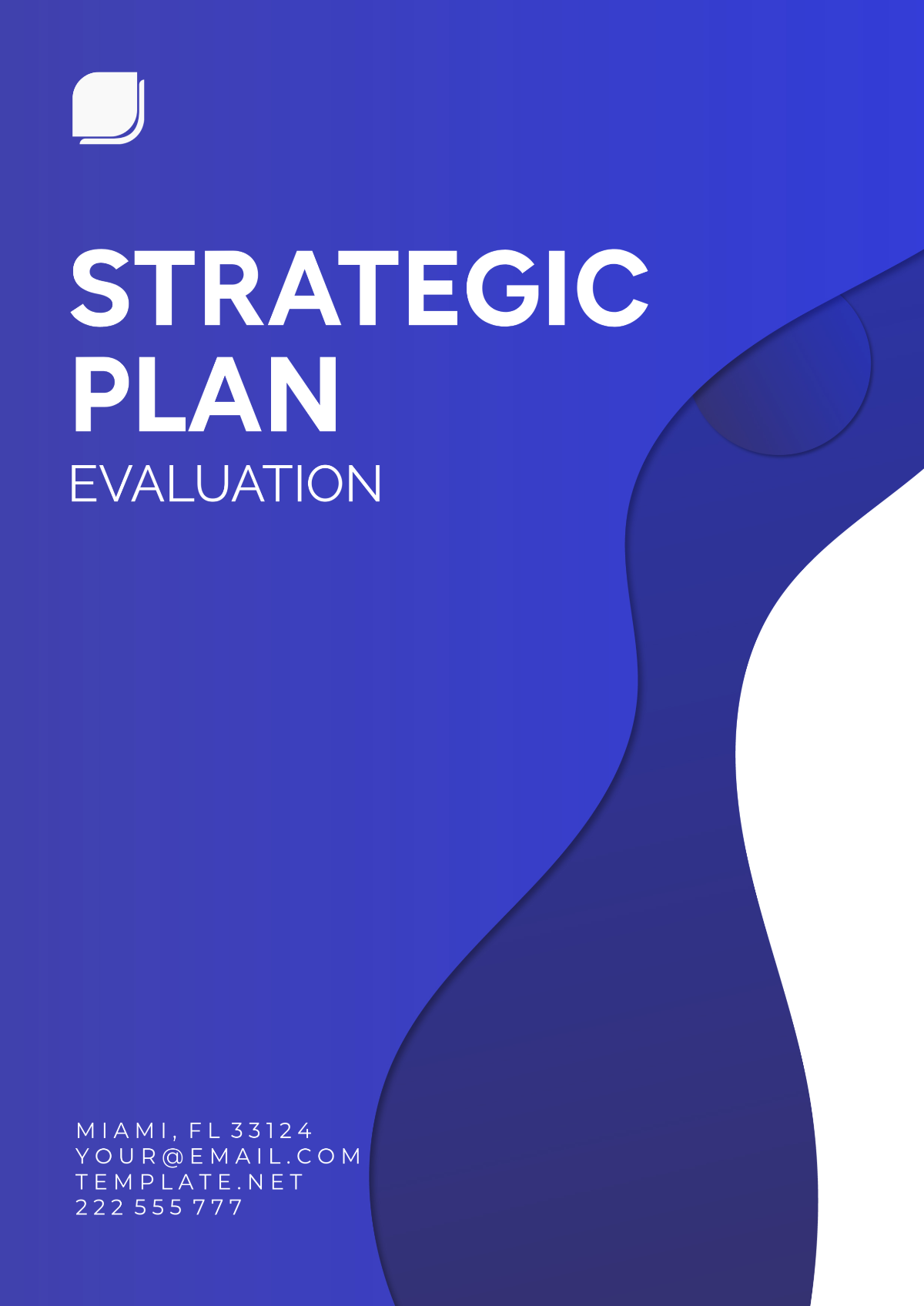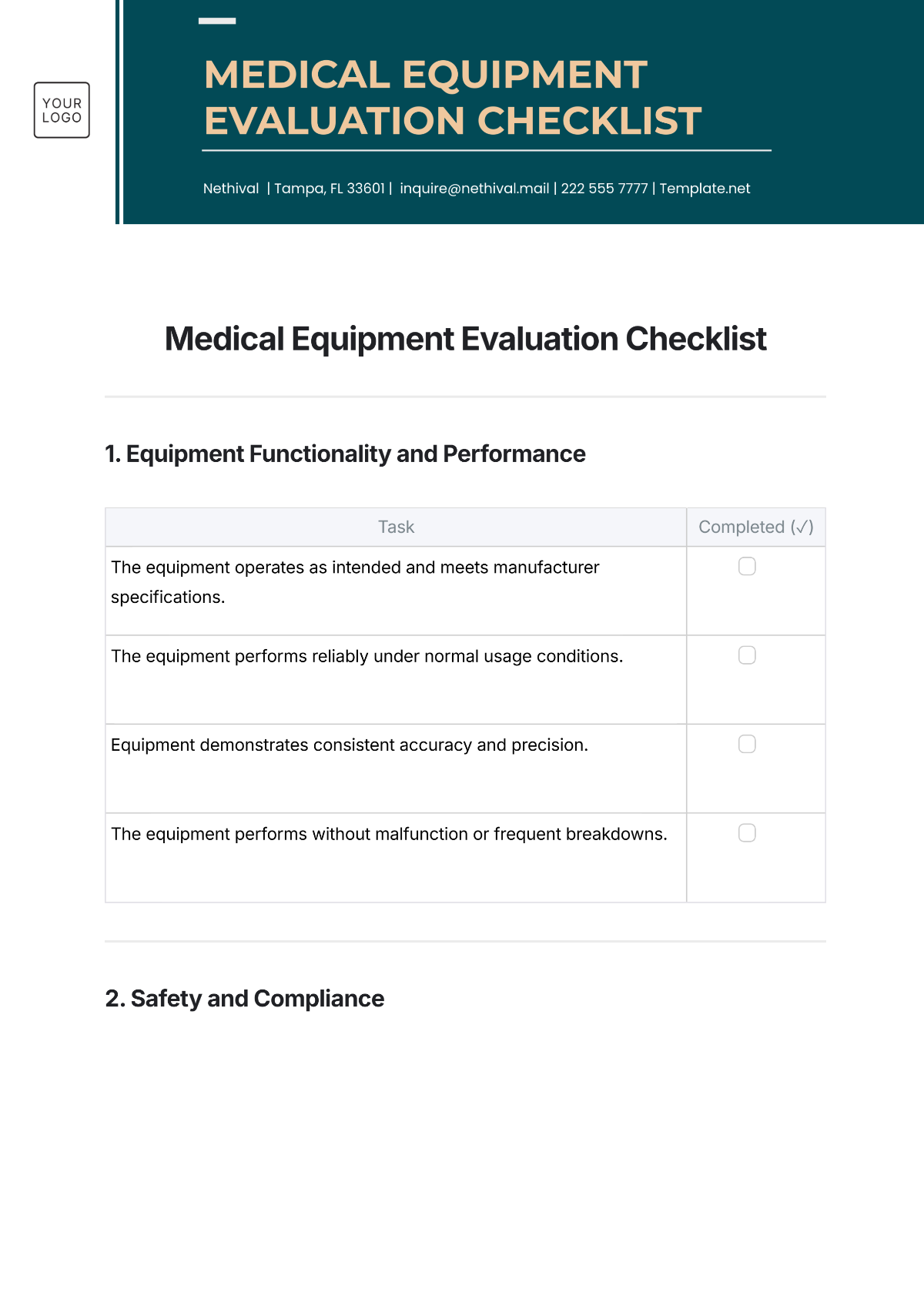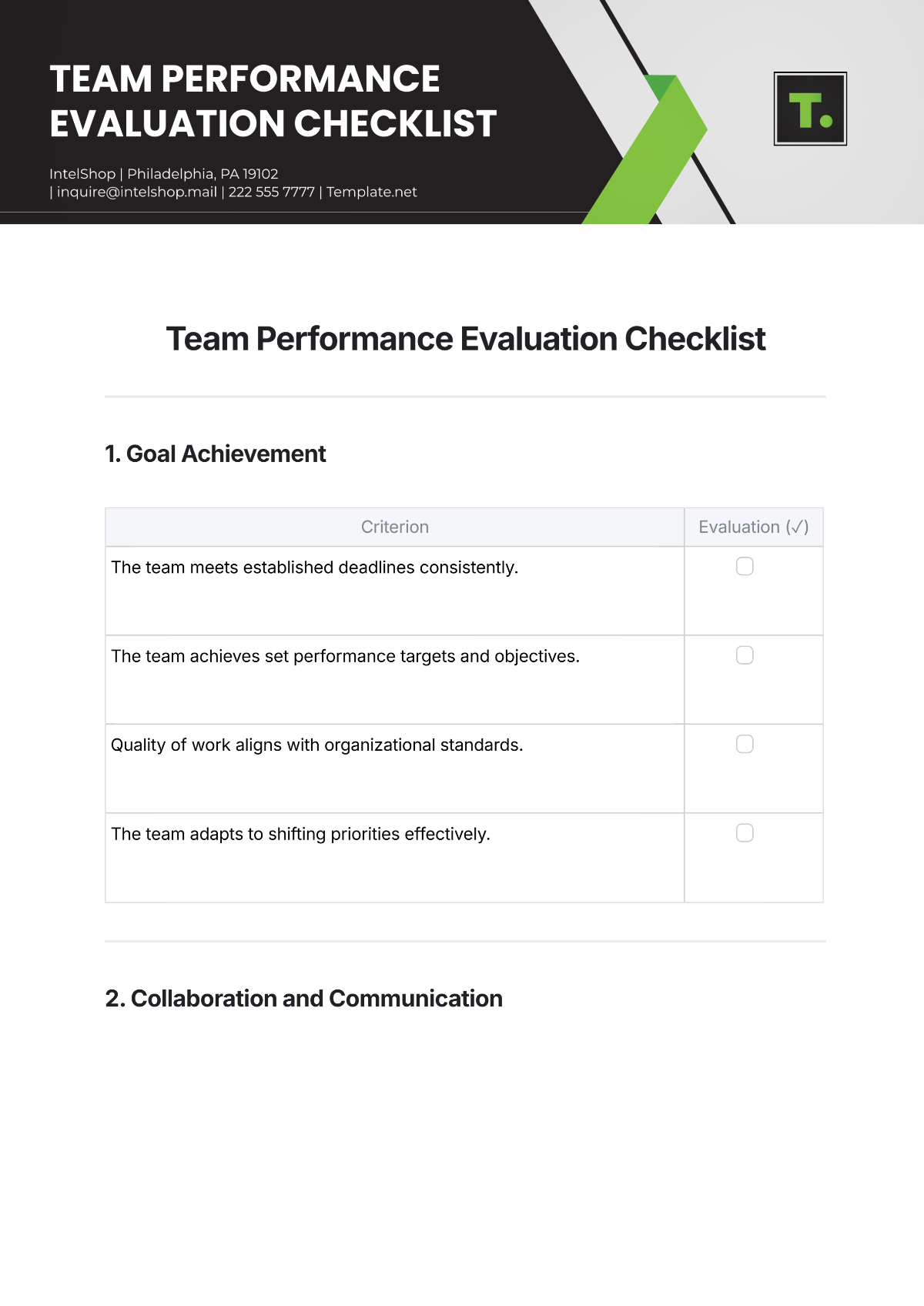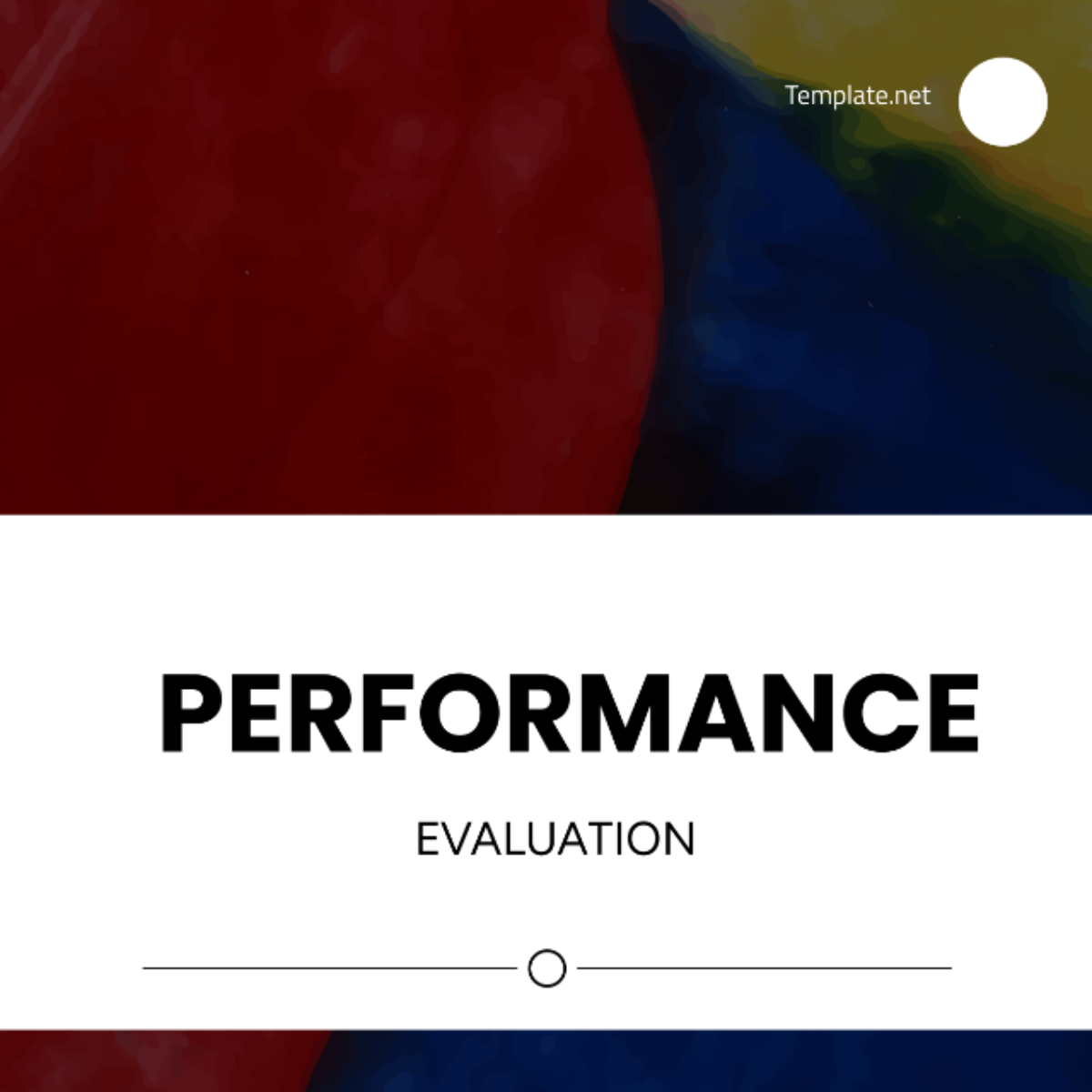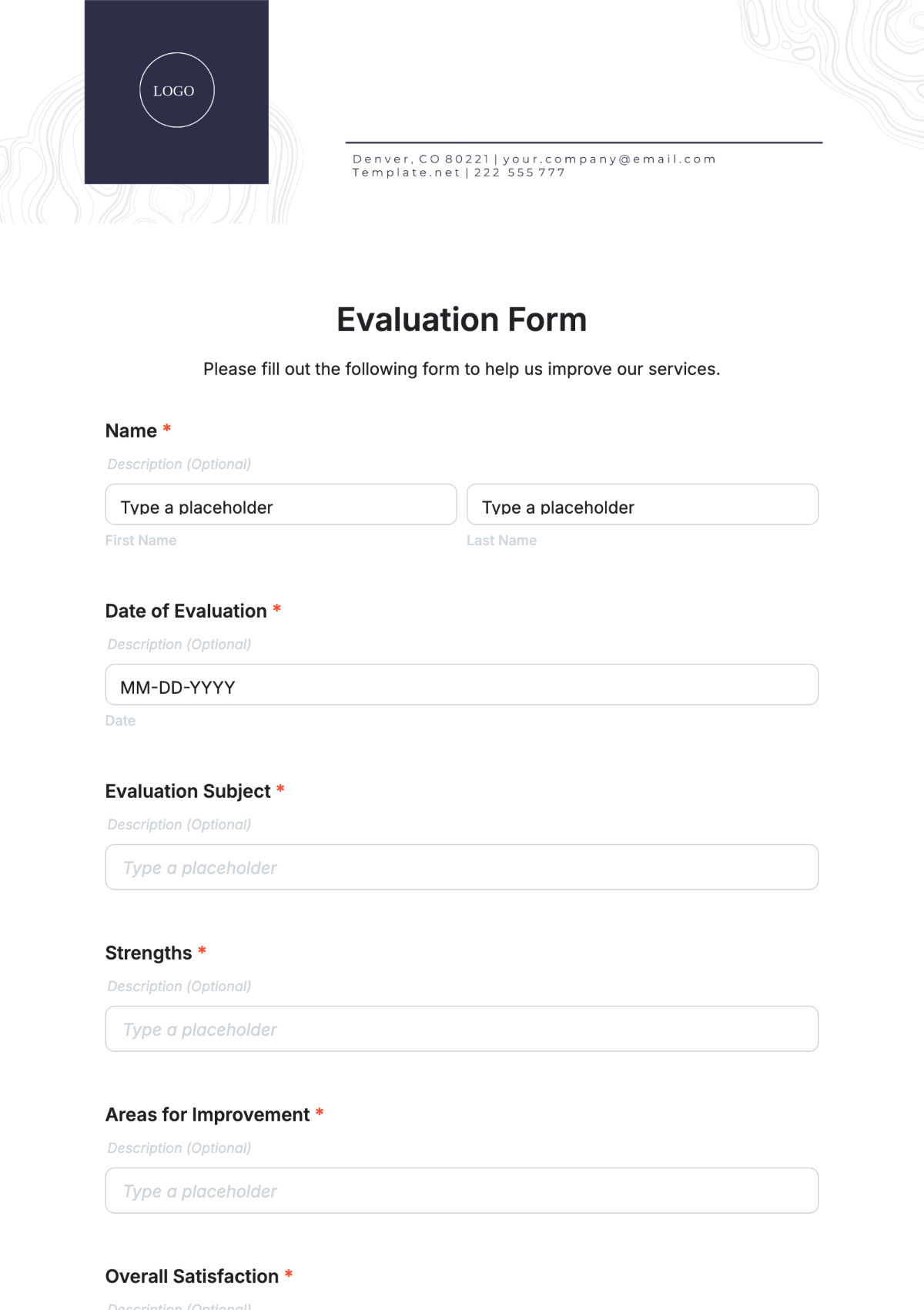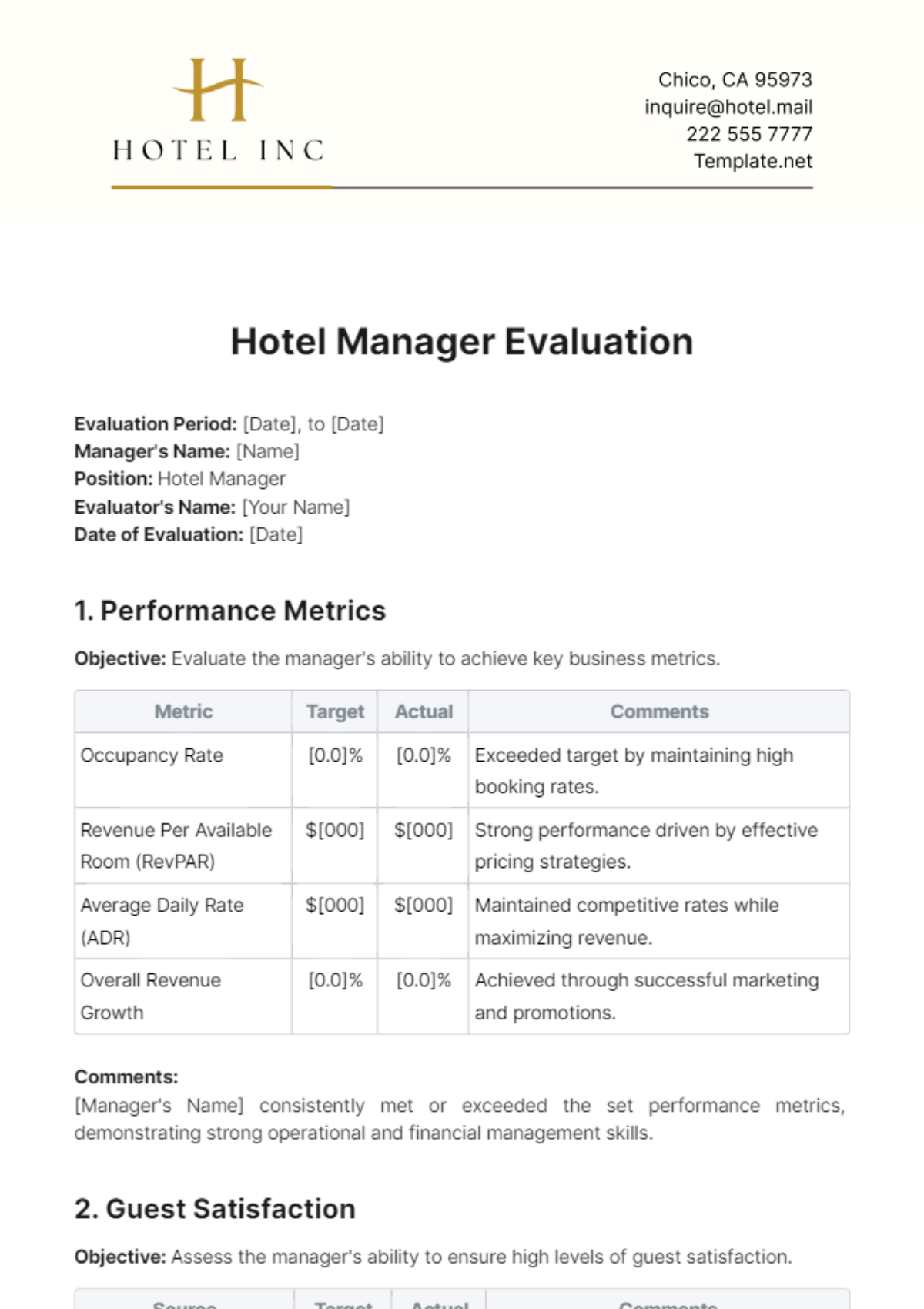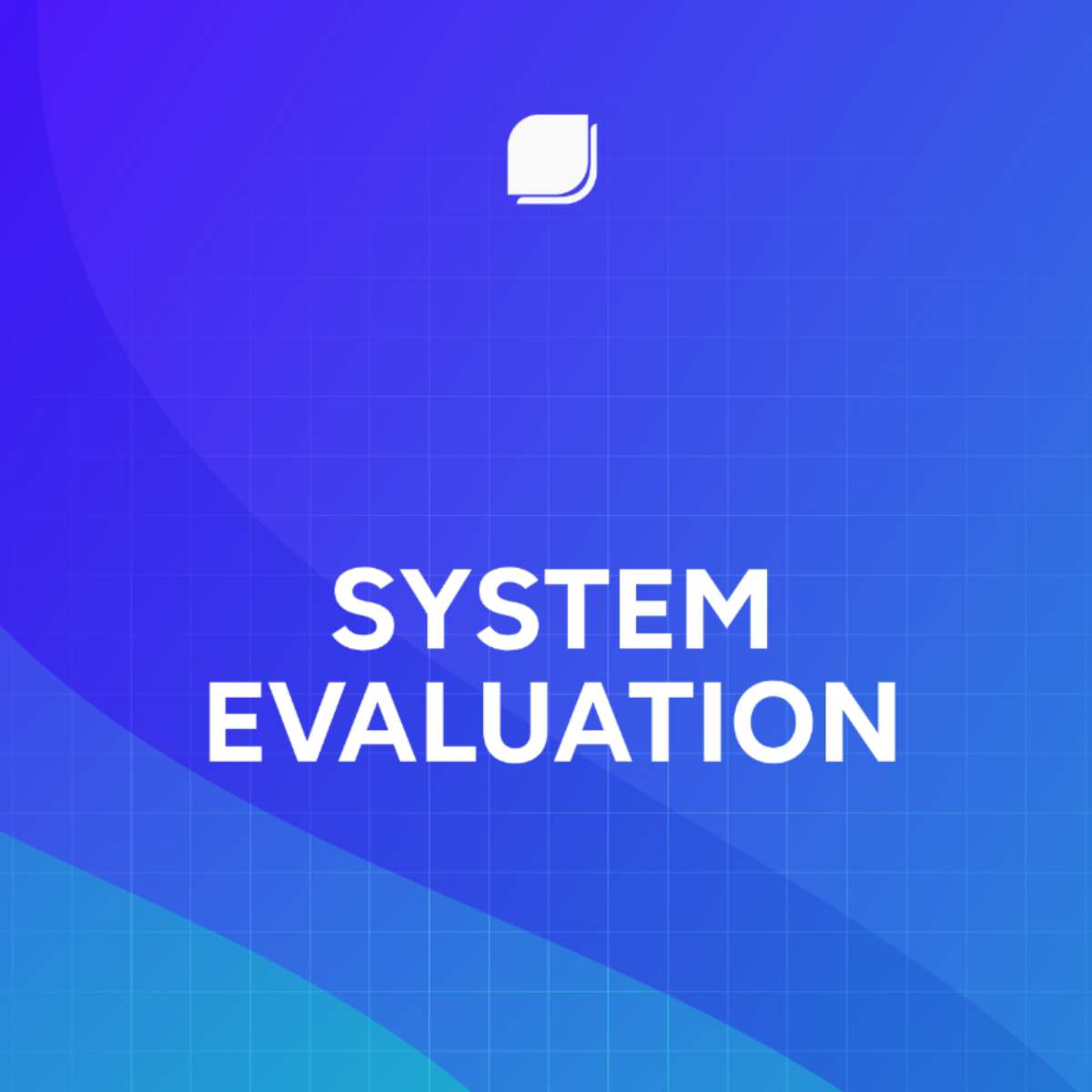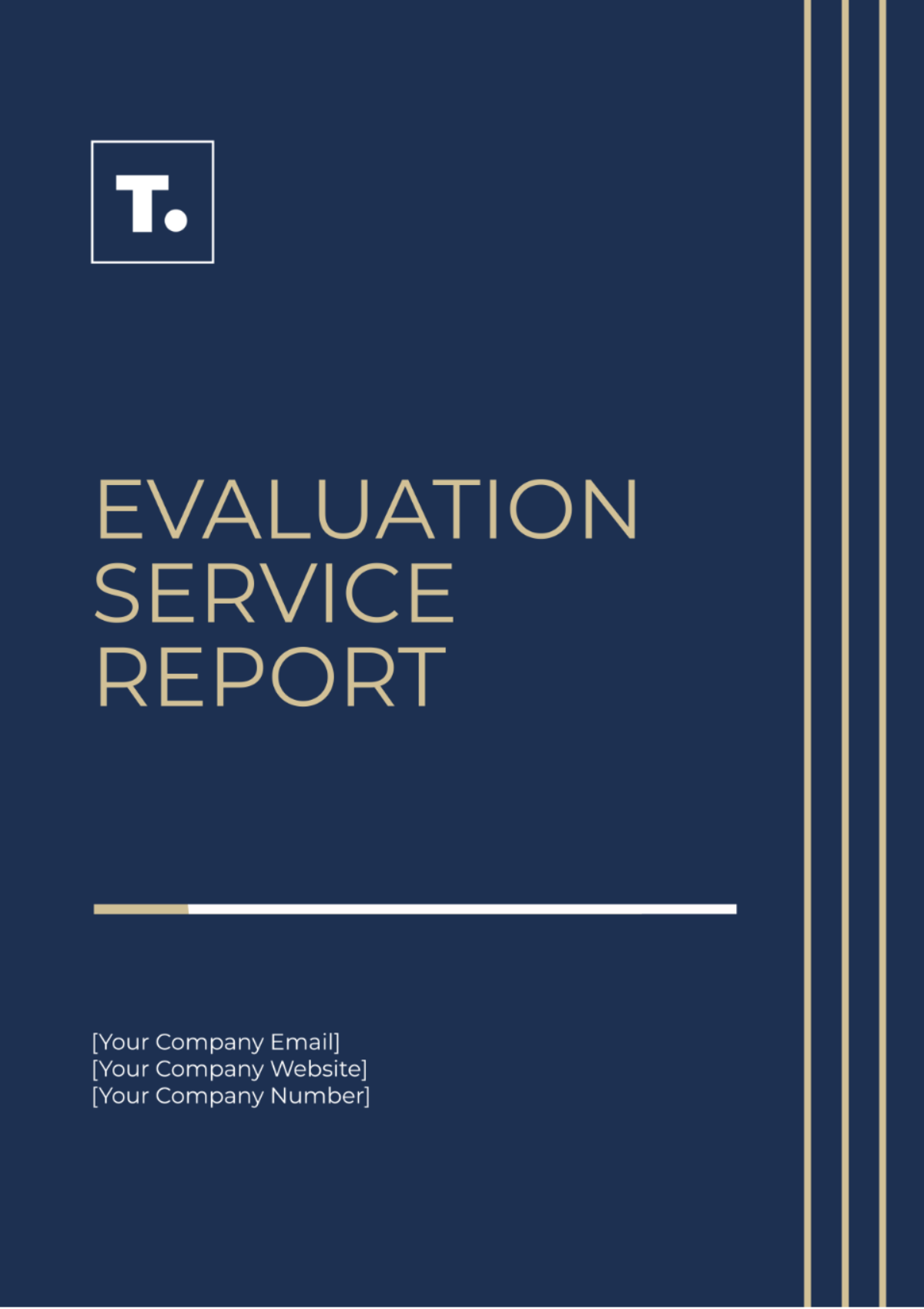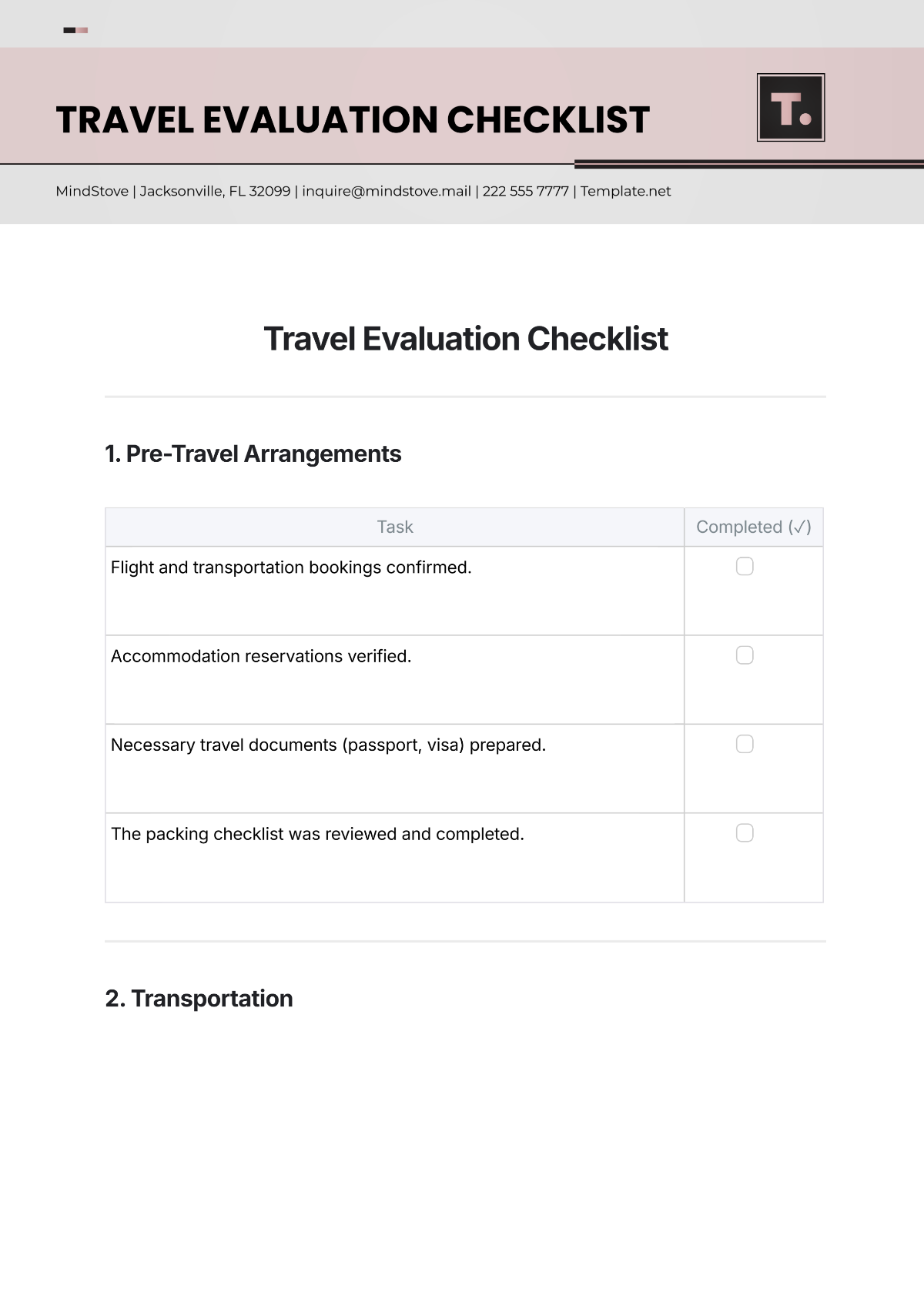Outcome Evaluation Research Design
Prepared By: [Your Name]
I. Introduction
Outcome evaluation research design is a methodological approach used to assess the effectiveness and impact of a program, intervention, or treatment. By focusing on the final results or outcomes, this type of research aims to determine whether the intended objectives were successfully achieved. This comprehensive guide provides an informative and educational overview of outcome evaluation research design, offering insights into its purpose, methodology, types, and challenges.
II. Definition and Purpose
Outcome evaluation, also referred to as impact evaluation, is the systematic process of determining the changes directly attributable to a specific intervention or program. Unlike process evaluation, which examines how a program is implemented, outcome evaluation focuses on the long-term goals and overall effectiveness of the intervention. The primary purpose is to ascertain whether the program has produced the desired outcomes and to what extent these outcomes can be attributed to the program itself.
III. Steps in Outcome Evaluation Research Design
A. Define Objectives and Outcomes
The first step in outcome evaluation is to clearly define the objectives of the program and the specific outcomes to be measured. Objectives should be specific, measurable, achievable, relevant, and time-bound (SMART).
B. Develop Evaluation Questions
Evaluation questions guide the research by focusing on key aspects of the program's impact. These questions should address both the expected outcomes and any unintended effects.
C. Choose or Develop Metrics and Indicators
Selecting appropriate metrics and indicators is crucial for measuring the outcomes. These should be aligned with the program's objectives and should accurately reflect the changes being assessed.
D. Design the Methodology
The research design must be tailored to the program's context and the type of data required. This includes deciding on the type of outcome evaluation design (experimental, quasi-experimental, or non-experimental) and the data collection methods.
E. Collect Data
Data collection is a critical phase, requiring careful planning to ensure that the data gathered is reliable, valid, and relevant to the evaluation questions. This phase may involve gathering both quantitative and qualitative data.
F. Analyze Data
Data analysis involves applying appropriate statistical and analytical techniques to interpret the collected data. The choice of analysis methods depends on the nature of the data and the evaluation design.
G. Interpret and Report Findings
The findings should be interpreted in the context of the program's objectives and the broader social or organizational context. Reporting should be transparent, with clear explanations of the methods and results.
H. Make Recommendations and Implement Changes
Based on the findings, recommendations should be made to improve the program or inform future interventions. Implementation of these recommendations is crucial for ensuring that the evaluation leads to tangible improvements.
IV. Types of Outcome Evaluation Designs
A. Experimental Designs
In experimental designs, participants are randomly assigned to either the treatment or control group. This randomization helps establish causality by minimizing the effects of confounding variables. The gold standard in experimental design is the randomized controlled trial (RCT).
B. Quasi-Experimental Designs
Quasi-experimental designs are similar to experimental designs but lack random assignment. Instead, they rely on other methods to control for confounding factors, such as matching or statistical controls. These designs are often used when randomization is not feasible.
C. Non-Experimental Designs
Non-experimental designs do not involve control groups or random assignment. Instead, they often use observational methods, such as pre-and post-test designs, to assess changes over time. These designs are useful when the intervention cannot be manipulated.
V. Data Collection Methods
Effective data collection is vital for a successful outcome evaluation. Common methods include:
Surveys: Structured questionnaires for large-scale data collection.
Interviews: In-depth qualitative data collection via individual or group conversations.
Focus Groups: This activity fosters group discussions to explore diverse views.
Observations: The careful observation and recording of behaviors or conditions.
Existing Data and Records: Utilizing current documentation.
VI. Data Analysis Techniques
The choice of data analysis techniques depends on the nature of the data and the evaluation design. Common techniques include:
Descriptive Statistics: Summarizes data using mean, median, and mode.
Inferential Statistics: Predicts or infers about a population from sample data.
Regression Analysis: Analyzes variables and identifies key influencers.
Content Analysis: Qualitative data analysis to identify patterns and themes.
VII. Challenges and Limitations
Outcome evaluation research is not without its challenges:
Attribution: Linking the intervention directly to the outcomes can be difficult.
Bias: Biases like selection and measurement can affect result validity.
Resource Intensity: Thorough evaluations are often costly and time-consuming.
Data Quality: Accurate, reliable data is crucial; poor quality undermines evaluation.
VIII. Ethical Considerations
Ethical issues are central to outcome evaluation research. Key considerations include:
Informed Consent: Participants must be fully informed about the research and voluntarily agree to participate.
Confidentiality and Anonymity: Researchers must protect participants' privacy by ensuring that data is kept confidential and, where possible, anonymized.
Minimizing Harm: The research design should aim to minimize any potential harm to participants.
Transparency in Reporting: Researchers must report their findings honestly and transparently, including any limitations or conflicts of interest.
IX. Case Study Example
Objective | Outcome | Indicator | Data Collection Method |
|---|---|---|---|
Reduce hypertension incidence | Incidence rate of hypertension | Number of new hypertension cases | Medical Records |
Improve dietary habits | Percentage of participants with improved diet | Self-reported dietary changes | Surveys and Interviews |
X. Conclusion
Outcome evaluation research design is an essential tool for assessing the impact and effectiveness of programs and interventions. By carefully defining objectives, selecting appropriate methodologies, and addressing potential challenges and ethical concerns, researchers can generate valuable insights that inform policy, practice, and future research. The rigor and thoroughness of outcome evaluation contribute to the continuous improvement of programs and the achievement of long-term goals.
XI. References
American Psychological Association. (2020). Publication Manual of the American Psychological Association (7th ed.). Washington, DC: Author.
Kirkpatrick, D. L., & Kirkpatrick, J. D. (2006). Evaluating Training Programs: The Four Levels. San Francisco: Berrett-Koehler.
Rossi, P. H., Lipsey, M. W., & Henry, G. T. (2018). Evaluation: A Systematic Approach (8th ed.). Thousand Oaks, CA: SAGE Publications.






